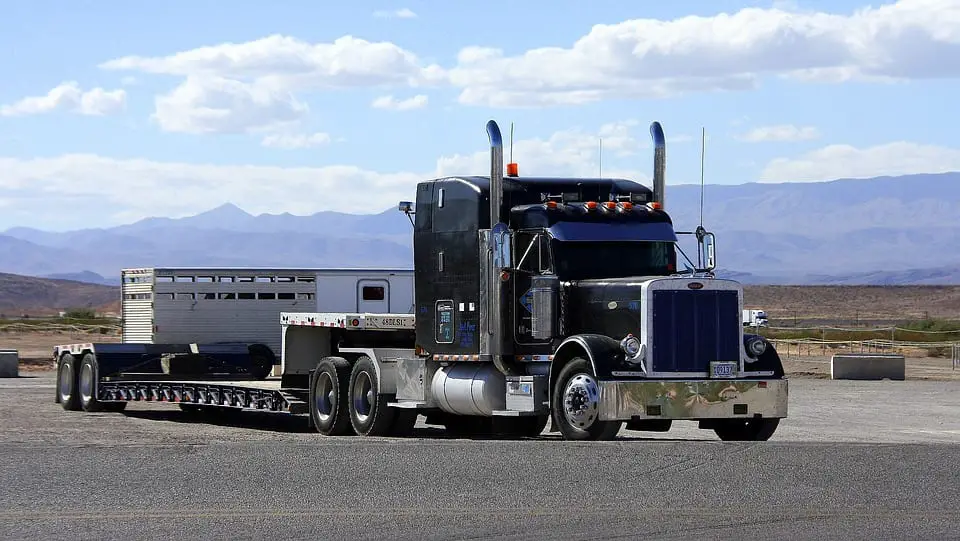
New coalition seeks to bring fuel cells to the aerospace sector
February 9, 2018HES will be working with French companies to launch the FLY-HY alliance
HES Energy Systems, a fuel cell developer based in Singapore, is moving forward with plans to team with three clean energy and aerospace technology companies in France. Together, these companies will form a coalition names FLY-HY. The coalition will work to address issues concerning the world’s hydrogen supply chain and effective energy storage solutions. FLY-HY will officially launch at the 2018 Singapore Airshow. After this launch, the coalition will work to aggressively promote and improve hydrogen technologies.
Fuel cells could see use in the aerospace industry
HES believes that fuel cells could have a potential future in the aviation field. The company has developed unmanned drones that are equipped with its lightweight fuel cell and hydrogen storage solutions, showcasing how this technology can be used. This technology could find its way to France through the FLY-HY partnership. Eventually, HES may develop an aerospace-grade hydrogen fuel cell system, which could have a major impact on the aerospace industry as a whole in the coming years.
Singapore and France will work together to promote clean technology and renewable energy
Singapore Prime Minister Lee Hsien Loong has proclaimed 2018 as the “Year of Innovation.” Singapore is eager to work alongside France in order to promote advances in clean technology and support the adoption of renewable energy. Fuel cells are likely to receive prominent support from both countries. In France, these energy systems are gaining significant attention from automakers that are eager to develop and launch clean vehicles. Hydrogen is also becoming popular in Singapore for the same reason, but many companies are also turning to fuel cells to act as primary energy suppliers.
Fuel cells are slowly gaining traction in the aviation sector
Fuel cells are becoming more popular in the aviation field. These energy systems are often being to power unmanned drones operating in various capacities. Large airline companies are, however, beginning to show interest in fuel cells and how they can be used to provide electricity to large aircraft. It may be years before hydrogen finds widespread use among large aircraft, however.



 With over 15 years of reporting hydrogen news, we are your premier source for the latest updates and insights in hydrogen and renewable energy.
With over 15 years of reporting hydrogen news, we are your premier source for the latest updates and insights in hydrogen and renewable energy.
A Boeing 747-8 needs 90 Megawatt power for take off. Or 90,000 kilowatts. One 5kW fuel cell stack “Horizon” produces 5 kW power and weighs 30 kg. Or 747 will need 90,000kW : 5kW = 18,000 fuel cell stacks x 30kg = 540,000 kg (540 metric tons) onboard. Not mentioning the Hydrogen fuel tanks. It is impossible.
More possible for me looks the idea a 200m3 tank of 1bar/-178deg.C liquefied MOH (Omasa) Gas to be loaded onboard the B-747 for fueling its Gas-Turbine Engines. MOH gas is ultrasono-modified stoichiometric oxygen-hydrogen gas mixture, containing 167kg hydrogen per 1m3 MOH ( 1m3 of liquid hydrogen contains 70kg H2 or 2.5 times less than the MOH) . MOH is 100% clean and renewable, 100 times cheaper than the hydrogen and safe – cannot be ignited by a spark at normal conditions. The only waste after burning is clean distilled water / steam. MOH was patented in 2011 in Japan as Ohmasa Gas.
Using H2 fuel cells for powering future electric aircraft is not impossible, but the aircraft is going to be a lot different. Start with NASA’s N3-X turbo-electric concept, and then add liquid hydrogen and aviation grade fuel cells.
Fuel cells for aviation:
res.mdpi.com/energies/energies-11-00375/article_deploy/energies-11-00375.pdf?filename=&attachment=1
NASA N3-X:
ntrs.nasa.gov/archive/nasa/casi.ntrs.nasa.gov/20150002081.pdf